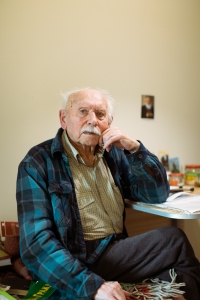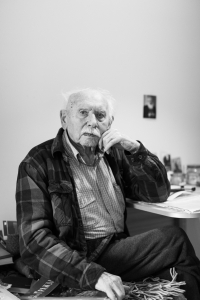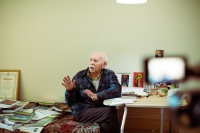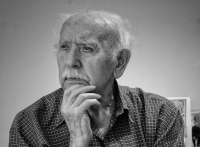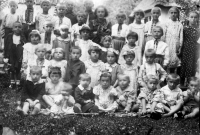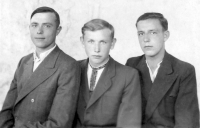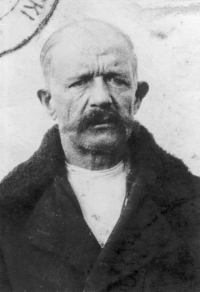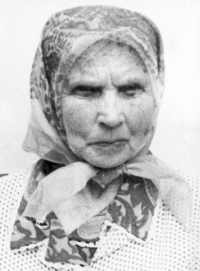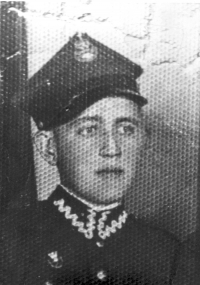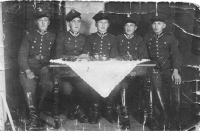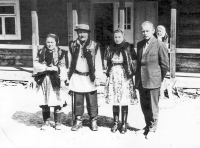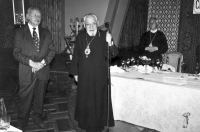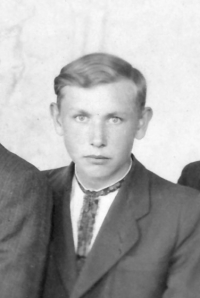Generations of Ukrainians born between the world wars: “We did not win out Ukraine as much as we talked it out.”
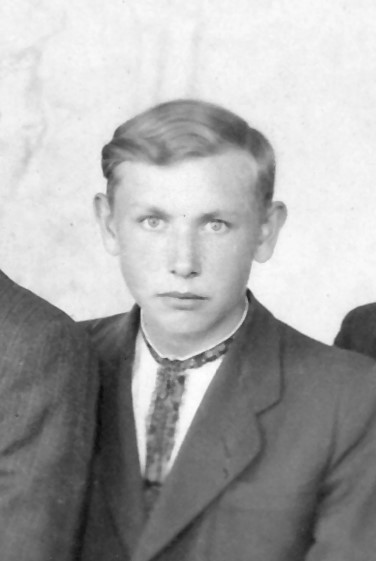
Stáhnout obrázek
Ivan Hrechko was born on January 19, 1929, in the village of Rafailov (now named Bystrytsia), Nadvirna County, Stanislaviv Voivodeship (now named Ivano-Frankivsk Oblast), but spent his childhood in Nadvirna. His father, Mykhailo-Konstantyn, and his older brother, Yaroslav, were in the underground movement and died in 1946. His mother, Yevdokiya, and sister Orysia were deported to Siberia in 1947. Ivan managed to avoid arrest. In 1947 he entered the Lviv Polytechnic University, Faculty of Mechanical Engineering, where he was arrested at the end of the academic year for being ivolved in student activities. He was in prison on Lontskoho Street. In 1948 he entered the Forestry Technical (University), graduating in 1953 with a degree in engineering. He taught at the Kolomyia Forestry Technical College. In 1954 he returned to Lviv, where he got a job at Teploelectroproekt. He made a collection of Hutsul icons on glass, most of which, in February 2013, he transferred to the Ukrainian Catholic University. Co-founder and chairman of the Club of Greek Catholic Intelligentsia „Obnova“, member of the editorial board of „Yevshan-zillia“, chairman of the commission on freedom of conscience of the People‘s Movement of Ukraine. From the mid-1970s he took an active part in the life of the underground Ukrainian Greek Catholic Church and its restoration in 1989.
